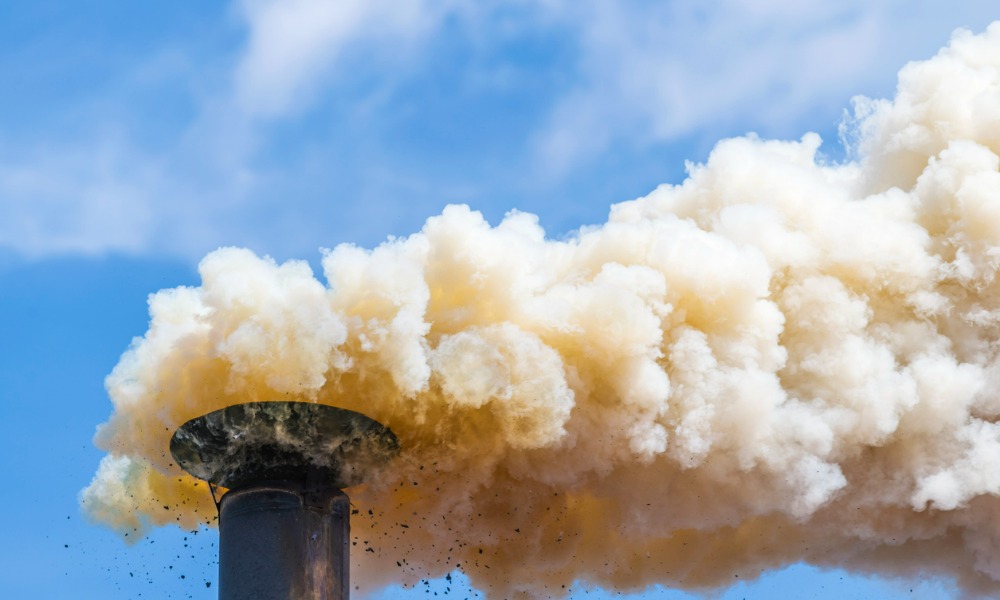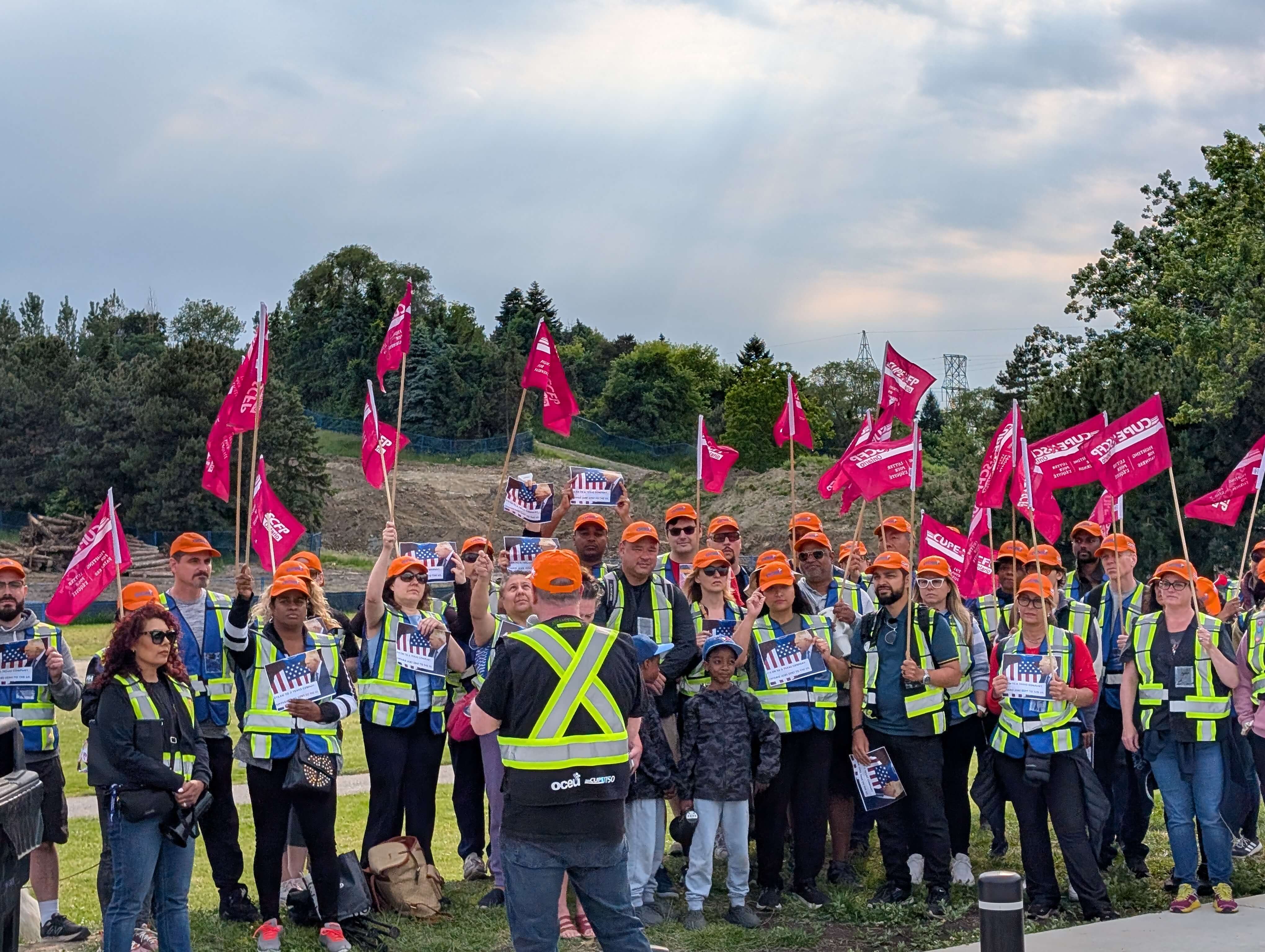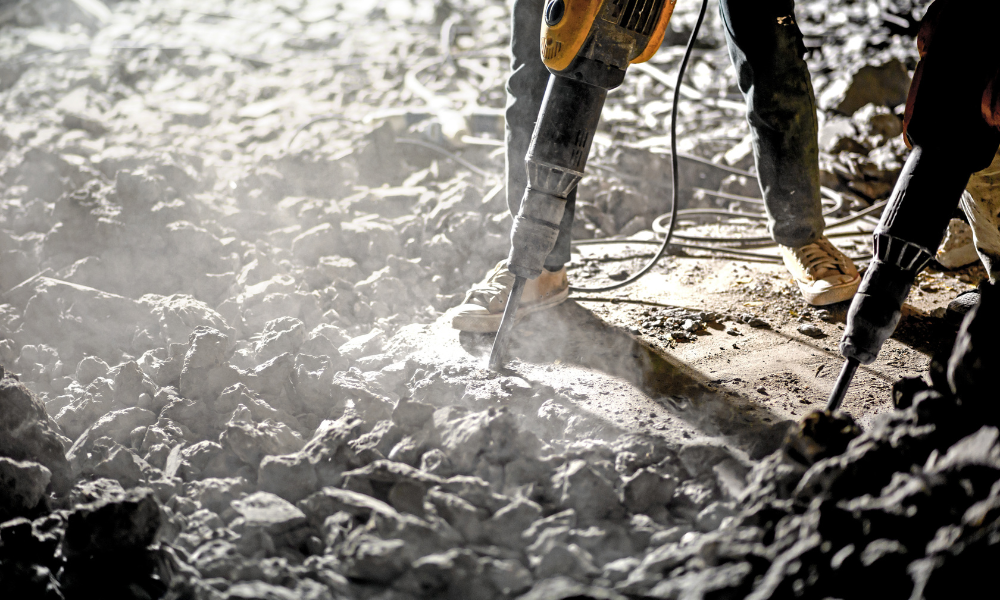Province reviewing flaring policies for possible updates

Alberta’s oil and gas industry exceeded the province's own regulatory limit for natural gas flaring for the first time in 2023, according to a report.
Overall, oil and gas companies in the province flared approximately 754 million cubic metres of natural gas last year, reported The Canadian Press (CP), citing data from the Alberta Energy Regulator (AER).
The annual provincial limit on flaring is 670 million cubic metres.
Flaring refers to the practice of burning off the excess natural gas associated with oil production, and it has been increasing in Alberta since 2016, according to a previous report from AER, according to CP.
In 2022, flaring volumes in Alberta nearly reached the limit. And the AER noted that it "expects flaring to continue to increase" in the future, even as the regulations themselves aim to have the oil and gas sector "continue to reduce" the volume of flare gas released.
Flaring versus venting
Alberta companies have been turning to flaring – the practice of burning off the excess natural gas associated with oil production – as an alternative to venting – the direct release of unburned methane into the atmosphere from an oil or gas facility, noted CP.
However, flaring still has its harms. While the combustion process involved in flaring reduces the amount of methane released significantly, flaring still releases a variety of byproducts and greenhouse gases into the atmosphere, including carbon dioxide, CP reported, citing oil and gas data provider Enverus.
Flaring produces black soot which negatively impacts air quality and may pose a risk to human health, said Amanda Bryant, a senior oil and gas analyst with clean energy think-tank The Pembina Institute, according to CP.
"Flaring as a form of mitigation just replaces one set of problems with another set of problems," Bryant said in the report.
"There's also no reason why industry should be exceeding the limits, when there are alternatives available."
Alternatives to flaring include the installation of a vapour recovery unit, which can be used to capture flare gases and redirect them back into production for use as fuel, she said.
Other alternatives include compressing the natural gas and trucking it short distances to use as fuel off-site, or converting the gas to electric power using small-scale generators, according to the report.
Alberta reviewing flaring policies
Meanwhile, Alberta is putting focus not just on reducing flaring but reducing overall methane emissions from the oil and gas sector is the bigger goal, said Ryan Fournier, press secretary for Alberta Environment Minister Rebecca Schulz, in the CP report.
The province is also now "reviewing Alberta's flaring policies, first established back in 2002, to see if updates are needed," Fournier said.





